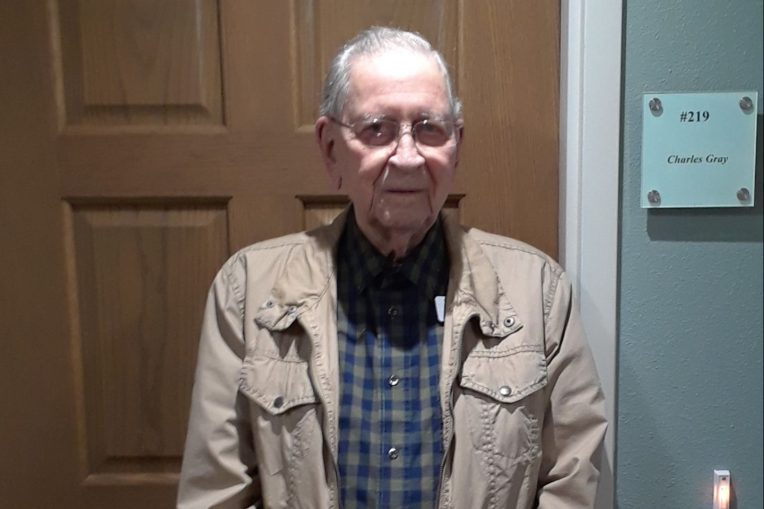The fall 2023 edition of Today and Yesterday featured an article about history education. This prompted me to wonder if today’s history faculty and students might have an interest in learning about the beginnings of history education in the department. So, what follows are some memories from an ancient retiree.
For many years, all courses related to teaching (including student teaching) were centered in the College of Education. However, for the Department of History, this began to change in the mid-1960s with a federal grant.
In 1965, I was a member of a group of history faculty and grant specialists that developed and submitted a history education proposal to the U.S. Department of Education. At the time, I was teaching history at University High School and completing my doctoral studies at the University of Illinois, specializing in history-social science education.
Major portions of the grant proposal were approved. Included was multi-year funding for the development of a history/social science teaching materials center, and also an experimental history/social sciences teaching methodology course.
The federal grant became operative in 1966-67, and I was asked to develop both the materials center and the experimental methods course. Thus, for several years, I held a joint appointment in the Department of History and University High School. The eventual result was a teaching materials center in a large room in the old Schroeder Hall annex and a teaching methodology course known as History 290.
In 1971, after completing a funded research project in University High School, I was asked by History Chair Earl Reitan to join the department full time. Soon thereafter the second teaching methods course was added: History 390 (as well as two courses for the Doctor of Arts program). In those days, history education was pretty much a “one man” operation, with some support from the Laboratory Schools and Normal Community High School.
Hence, history education at Illinois State University grew from federal seed money and gradually developed into a recognized program between 1966-67 and the early 1970s. I retired in 1986 and turned the future of history education over to the very capable hands of Larry McBride. And some years later, I was delighted when one of my history teaching methods students became director of the program: Fred Drake.
I believe today’s history education program is a world class operation. In particular, I commend the program for the working relationships it has established with school personnel in Illinois.

